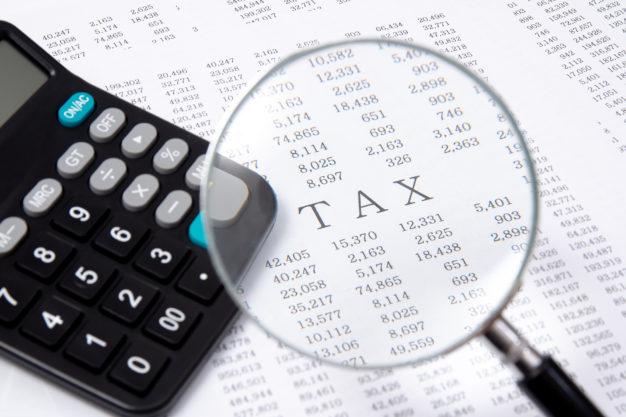IRS Urges Taxpayers to Choose Tax Preparers Carefully to Protect Data (IR-2025-21)
The IRS reminded taxpayers to choose the right tax professional to help them avoid tax-related identity theft and financial harm. […]
Read MoreIRS has reminded eligible workers from low and moderate income groups to make qualifying retirement contributions and get the Saver’s Credit on their 2022 tax return. Taxpayers have until the due date for filing their 2022 return, that is April 18, 2023, to set up a new IRA or add money to an existing IRA for 2022. The Retirement Savings Contributions Credit, also known as the Saver’s Credit, helps offset part of the first $2,000 workers voluntarily contribute to Individual Retirement Arrangements, 401(k) plans and similar workplace retirement programs. The credit also helps any eligible person with a disability who is the designated beneficiary of an Achieving a Better Life Experience (ABLE) account, contribute to that account. The Saver’s Credit is available in addition to any other tax savings that apply, and contributions to both, Roth and traditional IRAs qualify for the credit.
Taxpayers participating in workplace retirement plans must make their contributions by December 31, 2022. The Saver’s Credit supplements other tax benefits available to people who set money aside for retirement. The Service also urges employees who are unable to set aside money in 2022, to schedule their 2023 contributions soon, so their employers can begin withholding them in January, 2023.
The IRS also informs taxpayers about the eligibility and restrictions to Saver’s Credit:
A taxpayer’s credit amount is based on their filing status, adjusted gross income, tax liability and amount contributed to qualifying retirement programs or ABLE accounts. The Service has cautioned that, though the maximum Saver’s Credit is $1,000 ($2,000 for married couples), it was often much less.
The IRS has also announced that, any distributions from a retirement plan or ABLE account, reduces the contribution amount used to figure the credit. For 2022, this rule applies to distributions received after 2019 and before the due date, including extensions, of the 2022 return.
The IRS reminded taxpayers to choose the right tax professional to help them avoid tax-related identity theft and financial harm. […]
Read More
The IRS provided six tips to help taxpayers file their 2024 tax returns more easily. Taxpayers should follow these steps […]
Read More
The IRS encouraged taxpayers to make essential preparations and be aware of significant changes that may affect their 2024 tax […]
Read More
Guidance is provided for property and casualty insurers that write inland marine insurance and pay the State Fire Marshal Regulatory […]
Read More
The IRS reminded disaster-area taxpayers that they have until February 3, 2025, to file their 2023 returns, in the entire […]
Read More
The IRS has announced plans to issue automatic payments to eligible individuals who failed to claim the Recovery Rebate Credit on their […]
Read More
The IRS released the optional standard mileage rates for 2025. Most taxpayers may use these rates to compute deductible costs […]
Read More
The IRS, in partnership with the Coalition Against Scam and Scheme Threats (CASST), has unveiled new initiatives for the 2025 […]
Read More